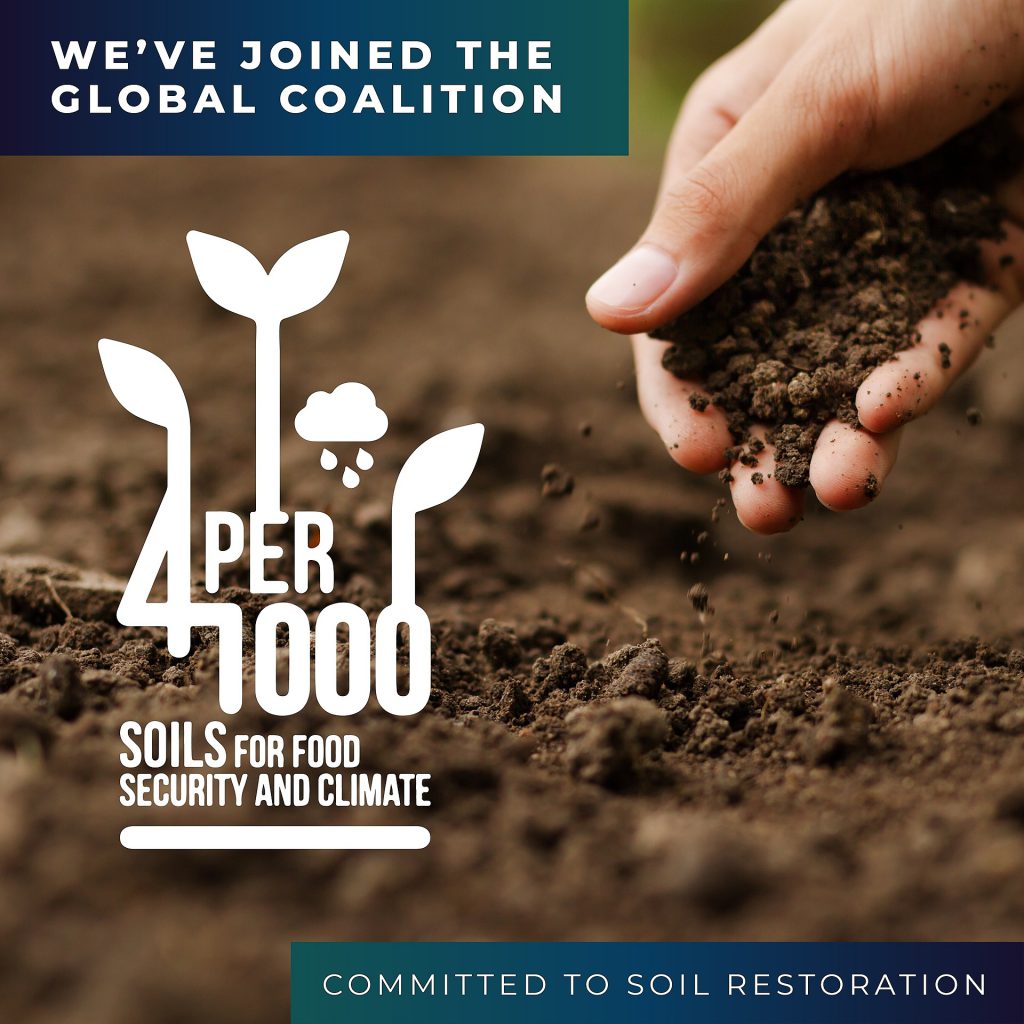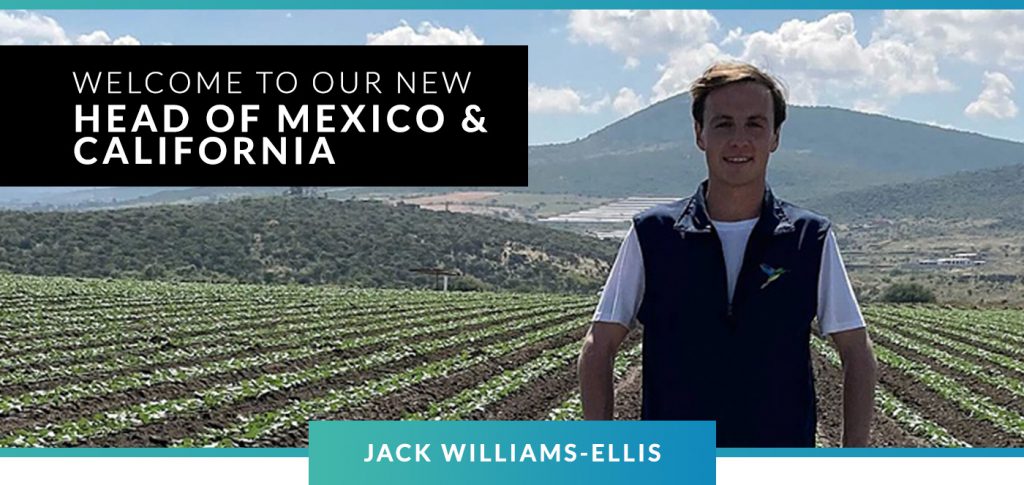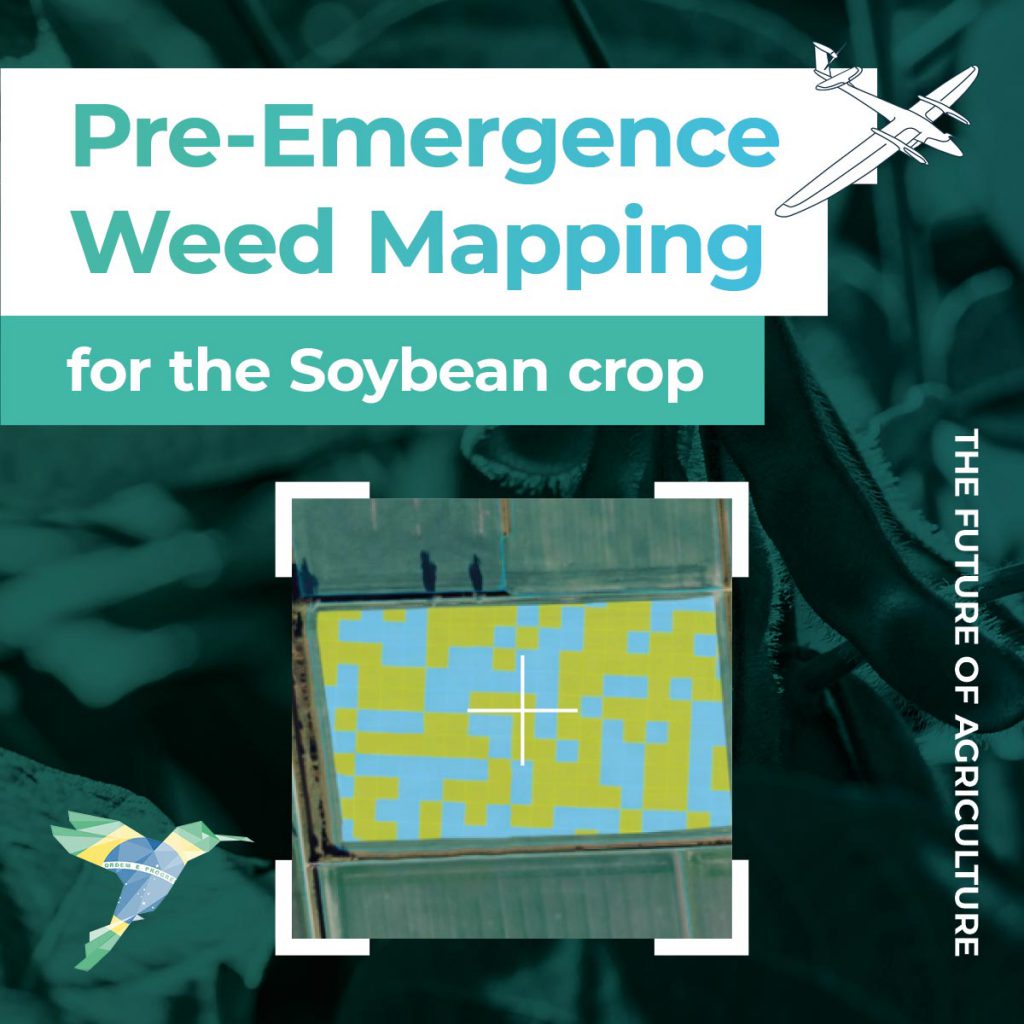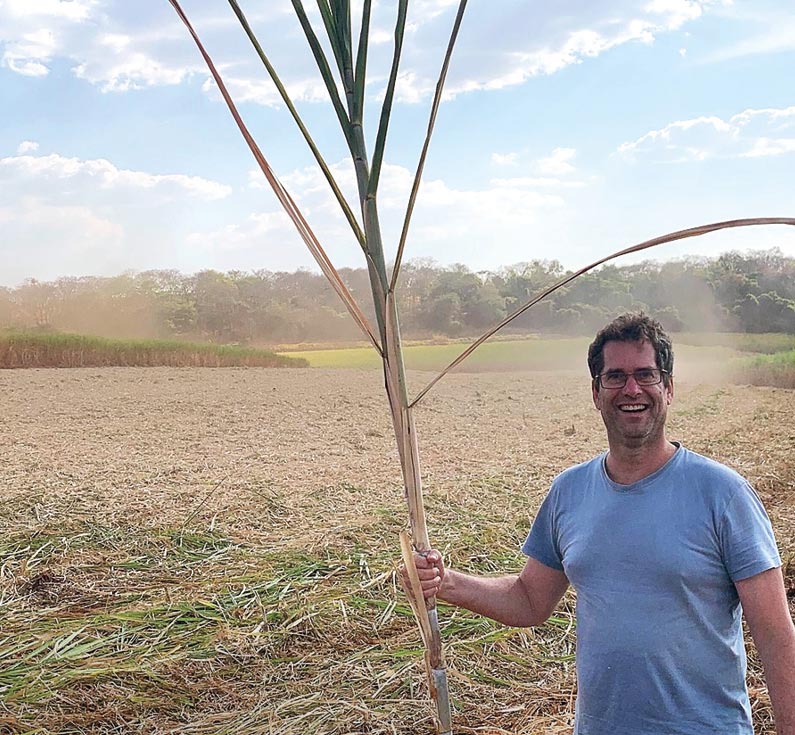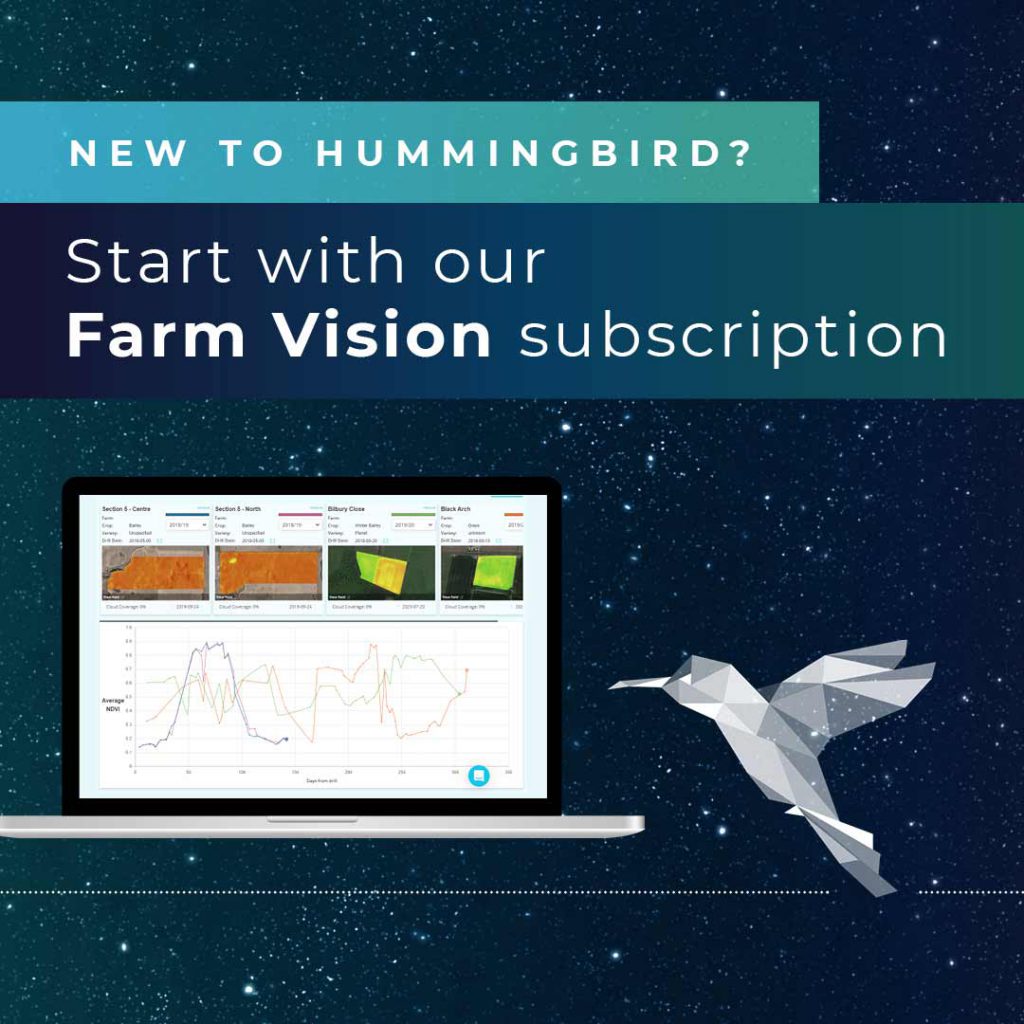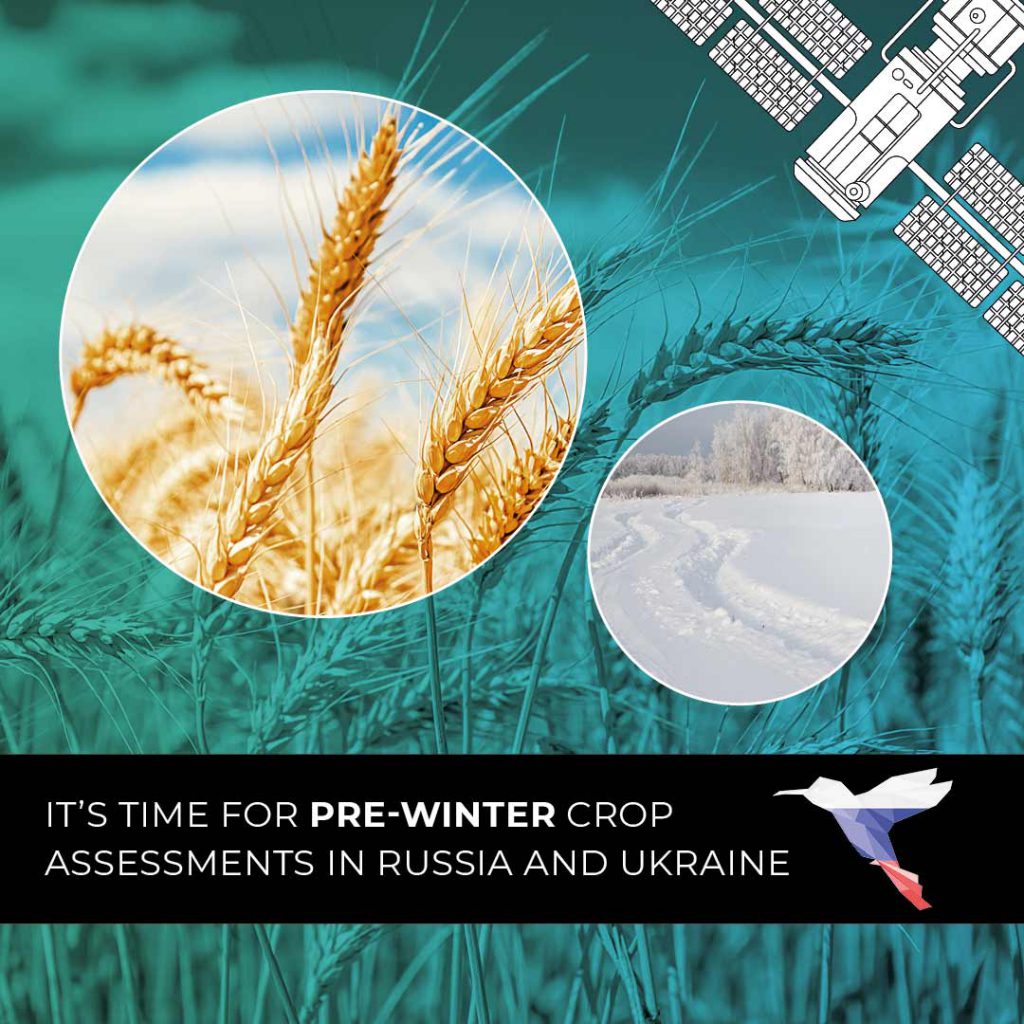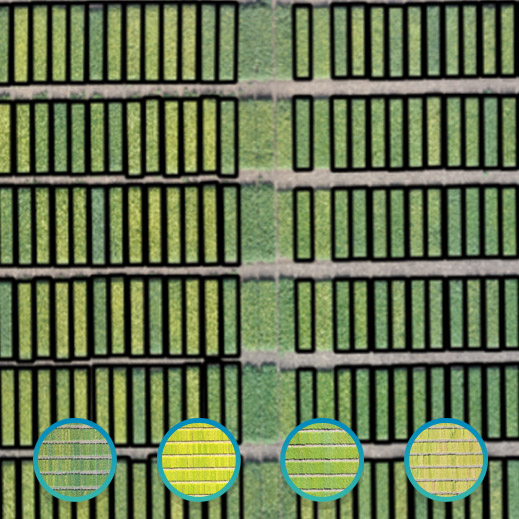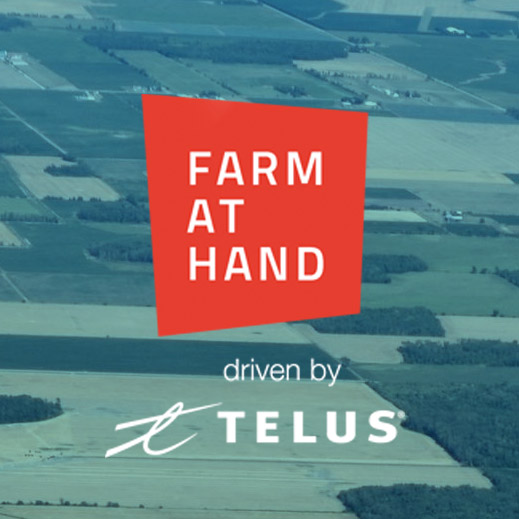An interview with Dr Panos Sidiropoulos, Head of AI and Innovation, Hummingbird Technologies.
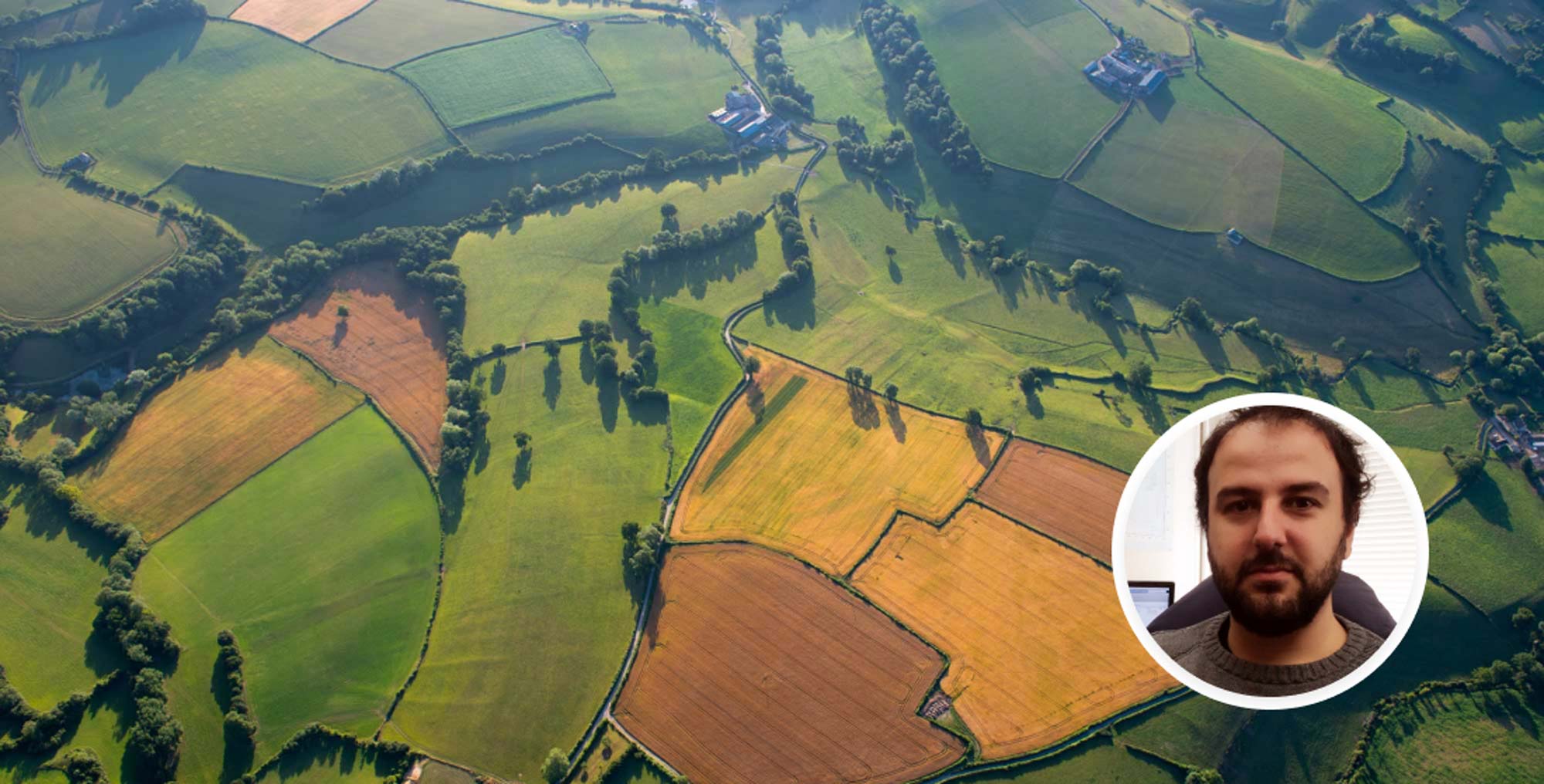
Artificial intelligence is not here to replace farmers or to compete with agronomists. It is here to assist the farming community by generating valuable information that was previously impractical to access.
For example, if a farmer had the resources and the time to walk through all of their fields they would be able to spot each and every weed that needs to be sprayed, then create an application plan to spray only these and then save money by targeting the weeds. But this is completely impractical in all but very small-area holdings. The farmers do not have access to this information not because they need some new form of intelligence (artificial intelligence) to complete the task, but because it is tedious and time-consuming. Artificial intelligence algorithms are capable of unlocking this information, and allow the farming community to make more informed decisions, reducing the costs as well as the related environmental impact.
In general, we can view AI technologies as the next generation of computing. Computers’ main advantage was always their ability to do tedious and repetitive tasks really fast. For example, multiplying numbers is something that most humans can do correctly, computers just offer speed in such a task. AI is going on step further, to more complicated tasks, that require some sort of intelligence, such as detecting all the weeds, finding and measuring all the plants in a field, estimating the volume of residual crops, etc. AI is an assistant to the farming community, doing all the tedious and repetitive tasks, and giving valuable insights that would not be accessible otherwise. The practical benefits of such information are obvious:
- Reducing the costs by up to 50%
- Increasing the yield by up to 30%
- Smoothing out the logistics
- Reducing the environmental impact
All of the above can be reaped here and now
In what way is Hummingbird Technologies a pioneer in the use of AI?
Remote sensing and AI don’t mix easily. They were originally two completely different communities, the former relevant to physics (sensors) and Earth sciences (mapping, geodesy etc) and the latter to computer science and mathematics. There is still a gap between the two fields that undermines companies operating in their intersection.
Hummingbird Technologies is one of the few companies that has bridged this gap, developing tools based on the latest developments in AI, while using bespoke sensors and being geospatially informed. It is not that we have merely transferred deep learning on agriculture remote sensing, but mainly that we have modified such technologies based on the agriculture setup and even developed from scratch in-house algorithms that combine AI and remote sensing ideas.
Is it understandable that some farmers are resistant to embracing AI?
It is partially understandable because sensationalism has shifted the focus away from the impactful AI applications that have already started improving our lives. More people have heard AI as a technology which will bring to life Terminator or Matrix than as a technology which, for example, increases amputee mobility through new-generation prosthetics, or, in the case of Hummingbird Technologies, a technology that helps the farming community to increase yields and reduce costs.
My message to them is to not throw the baby out with the bathwater. AI is a science and rejecting it is as wise as rejecting physics, medicine, chemistry, or any other science. It is healthy to be skeptical in the claims and demanding in the results, but flat rejection means missing all the benefits that AI offers to agriculture. My suggestion is to find a company that can walk them through the offering in terms that are relevant to them, helps them realise the value of the information and how this is to be used, and continues engaging with them throughout the season.
What do you and the Hummingbird AI team want to achieve in the next 12 months?
There are two main areas of focus currently. Firstly, Hummingbird Technologies is world leading in the monitoring of sustainable practices using AI. Sustainability has become a buzzword that due to its overuse is in danger of losing practical meaning. In Hummingbird Technologies we are not just saying that we “promote sustainability”, we are actually measuring sustainability. We are developing AI technologies that can model and precisely measure the effect of management practices in the environment, thus helping the farming community to move towards more sustainable practices. Over the next 12 months, we plan to have released a sustainability product portfolio that will be available to the farming community.
Secondly, we would like to increase the speed in adapting a tool to new crops and geographical areas. This is an inherent challenge in agriculture. Tools that are developed for a certain crop or a certain geographic area are hard to be transferred to another one without needing to repeat the work from scratch. We have made significant progress over the last years and we are currently in a mature stage to start delivering systematic AI pipelines, which could be transferred with minimum modifications to other crops and countries. This will allow our AI stack to reach a much larger clientbase.
Have there been any exciting developments in AI in the last 12 months?
Yes, the AI revolution that started in 2012 has not lost momentum. On the contrary, more and more technologies are developed resolving some of the main pain points of the technology.
An exciting new area of AI is self-supervised learning, in which machine learning algorithms are trained without requiring any labelled data. Data labelling, one of the bottlenecks of AI algorithms, is building the example material that the algorithm is using to learn to generate intelligent output. Many times data labelling is painfully slow and requires extensive resources on the ground. Self-supervised learning has the potential to significantly reduce the need of labelled data, by using the input both for training and for inference. This would result in faster development, more personalised algorithms and, in some cases, higher accuracy. It is not a silver bullet but it can find several applications in agriculture. In Hummingbird, we have started exploring self-supervised learning and we are planning to have our first such tools in the near future.
What was your career path?
I spent the first 11 years of my career in research institutes, learning from some of the AI early pioneers. I did my PhD under the Distinguished Professor Josef Kittler (University of Surrey) on Machine Learning in Video Processing and then moved on to machine learning on Remote Sensing, an area that is my main interest since 2013. I have worked in space exploration (mainly focusing on machine learning on NASA and ESA Mars data), upstream AI technologies, environmental monitoring etc. and currently, agriculture. I joined Hummingbird Technologies in early 2019.
What fascinates you about AI?
AI has already started to have an impact in many aspects of our lives despite being as far as it ever was from utopian (or dystopian) technologies. To be able to closely witness the early development of a new science, and even add your tiny contribution to it, is a very exciting working life.
